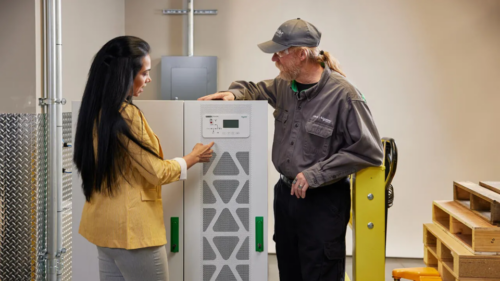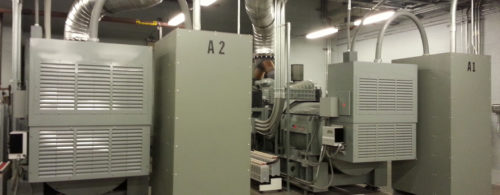Green Specification Adoption Benchmark Study by RSMeans
RSMeans Business Solutions conducted a benchmark study to determine the specification penetration of Green-LEED requirements in buildings with construction bids for both new and renovation work in 2006. The objective of the study was to benchmark 2006 for both geographic and vertical (e.g., building type) markets.
RSMeans Business Solutions conducted a benchmark study to determine the specification penetration of Green-LEED requirements in buildings with construction bids for both new and renovation work in 2006. The objective of the study was to benchmark 2006 for both geographic and vertical (e.g., building type) markets. Subsequent analysis will provide update trends against the 2006 benchmark.
Construction value in dollars was the metric used for the analysis. The study was conducted by engineering analysts at RSMeans, a national leader providing construction and facilities cost data, on $88 billion of commercial construction across all U.S. regions. The study analyzed 32,830 records of detailed specifications in commercial building projects. Reed Construction Data collects this information and makes it available in proprietary databases to building product manufacturers, facility owners, consulting firms, planning agencies and associations.
RSMeans used an electronic optical scan imaging process to evaluate records derived from actual specification manuals of contributing architects. Multiple search words were used to conduct the analysis that included the following: LEEd version, LEEd related or LEEd submittal, LEEd certified or LEEd requirement. Additional queries included certification for Leed, documenting LEEd, LEEd checklist or Green building and leadership in energy, mechanical, electrical and plumbing.
The top three vertical (i.e., building type) markets for Green-LEED requirements were military, community and education respectively. (see Chart 2). Over 72% of military projects had Green-LEED specification requirements. Retail projects ranked the lowest at 5.6% of project value.
| Chart 1 |
| Chart 2 |
| Chart 3 |
*******************************************************************
Source: Reed Construction Data/RSMeansBusiness Solutions. RSMeans provides cost data and analytics for construction and facilities management. Data for this study is applied from Reed Connect™ – a product of Reed Construction Data. Market studies and enterprise executive dashboards are available. For information, call 781-422-5105.
The average U.S. market across all vertical markets is 18% specifying Green-LEED requirements with regard to total construction value. Subsequent studies will evaluate Green-LEED adoption by CSI Division, in particular Divisions 15 Mechanical and Division 16 Electrical in the old format and corresponding 2004 Masterformat Divisions as they begin to become adopted.
The top three geographic markets for Green-LEED requirements was Pacific, Middle Atlantic and West North Central respectively (see Chart 3). The Pacific region had 27.5% specified with project value and West South Central ranked lowest at 8.5% of project value.
Do you have experience and expertise with the topics mentioned in this content? You should consider contributing to our CFE Media editorial team and getting the recognition you and your company deserve. Click here to start this process.




